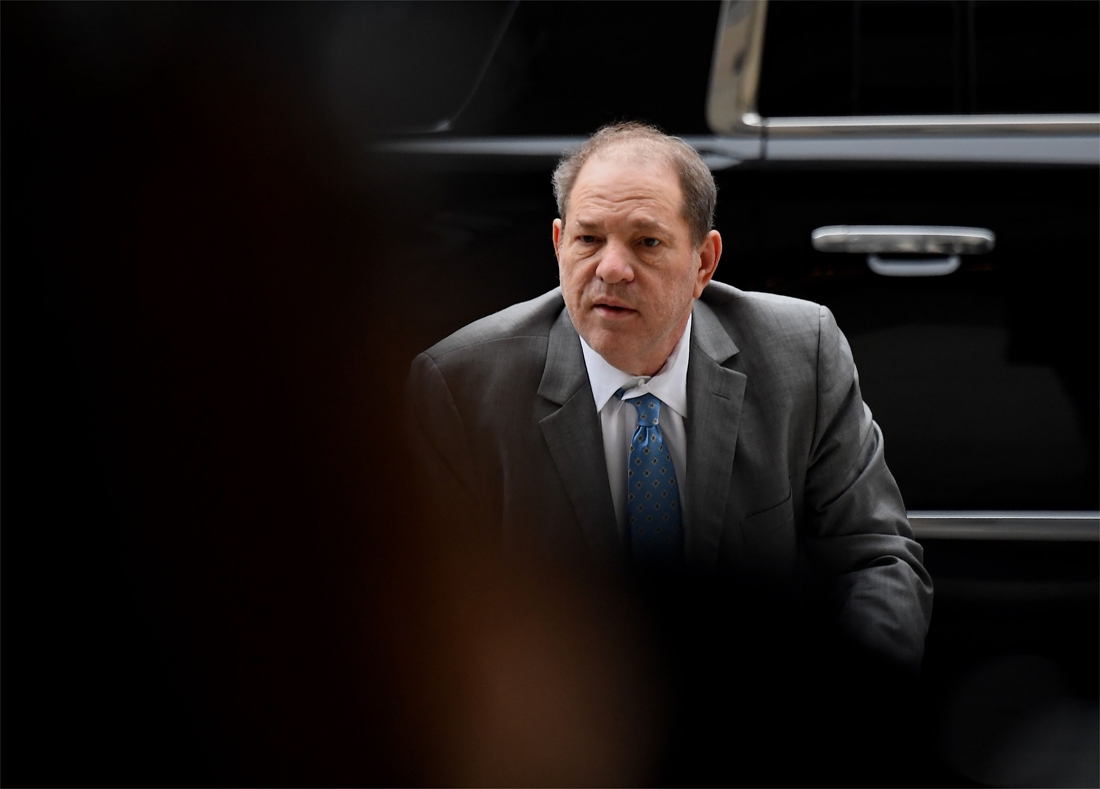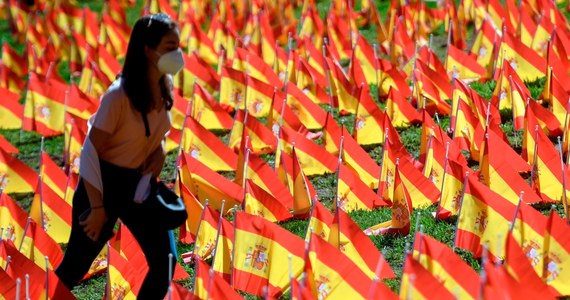NORDRE ÅSEN (Dagbladet): Last year, work began on laying new artificial turf on Skeid’s home field in Oslo. The new deck at the municipal facility has been laid by the supplier NoraSport.
Well over a year later, the general manager of Skeid, Daniel Holmeide Strand, is in despair again on his own home turf.
On Tuesday this week, the stage was set for an inspection and takeover of the new course. After the surface that was laid a year ago had to be torn up and laid again due to poor groundwork, expectations were high to finally take the new course into use.
But the artificial turf at the stadium of the traditional club was again rejected and can not be used. The Urban Environment Agency informs Dagbladet that the course was not taken over by them as the work “was not completed by the agreed takeover time”. Dagsavisen has also discussed the case this week.
– This affects our children and youth department, which lacks an entire playing surface. Our other courses have poor quality. This should be our best course. When we are not allowed to use it, it goes beyond a dozen matches and hundreds of training sessions and the thousand players we have in the club, so we are desperate, Holmeide Strand tells Dagbladet.
view more
Explains
NoraSport has not been responsible for the groundwork on Nordre Åsen, but has been responsible for laying the foundation. In the eyes of the general manager, the work that the artificial turf supplier has done has been too poor.
– In several places it is simply not glued, so you can lift up the artificial turf. You can get your hand well under the deck. It must be glued so that the tire is in the ground. There are many examples of this all around, says the Skeid leader and adds that there are large openings between the joints in the grass and holes in the carpet in several places.
– It simply does not have the playing properties one can expect from a new course, he states.
Drama: Accused of acting
Not finished
Project manager Lars Woldheim emphasizes that the job is not finished.
– Late autumn jobs are a challenge, and we try to get this done as quickly as possible and in the best possible way. They just have to accept that the weather has been a big challenge for us. As soon as it rains, the moisture sits in the ground and puts a condensation under the tire. This has been notified to the customer, who is the municipality of Oslo, says Woldheim.
He adds that the course is a reinstallation, and not a completely new surface.
The Urban Environment Agency explains its investigations as follows:
– It is important for us that work is carried out with the right quality. When work is carried out, we always follow up along the way, but the quality of the course must be assessed when it is completely finished. The artificial turf installer is familiar with what the Urban Environment Agency requires in terms of quality for the course, and is working to improve the remaining work, says Trine Kvåle Hervik, section manager for sports projects in the Urban Environment Agency to Dagbladet.
– We believe that the course will be completed with satisfactory quality.
Save on additional costs
Skeid has his doubts that this is sufficient and explains it by saying that the course has large cracks between the joints, has several wrinkles, holes and other shortcomings.
The club now calculates additional costs of approximately 350,000 kroner after having the course rejected. The reason is that the club now has to rent track time elsewhere in the capital.
– We really hope we will get the course approved before the winter starts. Should we face a winter without a track here, then we have a huge problem, says Holmeide Strand who is, to put it mildly, unimpressed by the work that has been done.
– If I were to pay for this myself, I would not have approved this work, but it is Oslo municipality that is the client who must think if they are satisfied, but you get what you pay for.
– Search
The Urban Environment Agency states that they do not normally cover additional costs in such cases.
– The Urban Environment Agency obviously thinks it is a pity that courses are not completed as planned, and understands that Skeid thinks this is challenging, says Trine Kvåle Hervik, section manager in sports projects, to Dagbladet.
– Oslo municipality has around 100 artificial turf pitches, these must as a general rule be rehabilitated around every ten years. This requires different work and duration. Rehabilitation of courses can face unforeseen challenges, which can be due to various reasons. When we carry out such rehabilitations, it is common for the clubs to use other courses they have at their disposal. Alternatively, sports teams can borrow courts elsewhere. Oslo Municipality tries to make the disadvantages as small as possible during rehabilitations, but the work is necessary to be able to provide good enough courses for future use, she says.
–


